The lasting vividness of clothing colors makes textiles visually attractive and expressive, so maintaining the color fastness of clothing is of vital importance.
Color fastness refers to the ability of textile materials to maintain their original color under various conditions, including washing, friction, light, sweat, etc. Color fastness testing can help manufacturers screen and evaluate the quality and life of products. Good color fastness means that textiles are not easy to fade during post-processing or use; poor color fastness means that the color will fade, slightly discolor, or stain, causing a lot of trouble.
Several common color fastness of textiles:
1. Light Fastness
Sunlight fastness refers to the discoloration of colored fabrics under the influence of sunlight. It is mainly measured by simulating the fading degree of the sample after exposure to sunlight, and then comparing and rating it with the standard color sample to evaluate the quality of the fabric according to different grades. Fabrics with poor sunlight fastness should not be exposed to the sun for a long time. It is recommended to dry them in a ventilated place.
2. Sublimation fastness
Sublimation fastness refers to the degree of sublimation that occurs when dyed fabrics are stored. Sublimation fastness uses a gray grading scale to assess the discoloration, fading, and staining of white cloth after dry heat pressing. There are 5 levels, with 1 being the worst and 5 being the best. Generally, 3-4 levels are required to meet the needs of wearing.
3. Rubbing Fastness
Rubbing Fastness refers to the degree of color fading of dyed fabrics after rubbing, which can be divided into dry friction and wet friction. The degree of color fastness to friction is evaluated based on the degree of staining of white cloth. There are 5 levels in total. The larger the value, the better the rubbing fastness.
4. Perspiration fastness
Perspiration fastness refers to the degree of color fading of dyed fabrics after being soaked in sweat. Since the composition of artificially prepared sweat is different, perspiration fastness is generally tested separately and combined with other color fastness.
5. Washing fastness
Washing color fastness refers to the degree of color change of dyed fabrics after washing with detergent. Usually, a gray grading sample card is used as the evaluation standard, that is, the color difference between the original sample and the sample after fading is used for evaluation. Fabrics with poor washing fastness should be dry washed. If wet washing is performed, attention should be paid to the washing conditions, such as the washing temperature should not be too high and the washing time should not be too long.
Anything inquiry please contact us as below:
AVENO technology co., ltd.
Email: sales@avenotester.com






 +8615280858852
+8615280858852




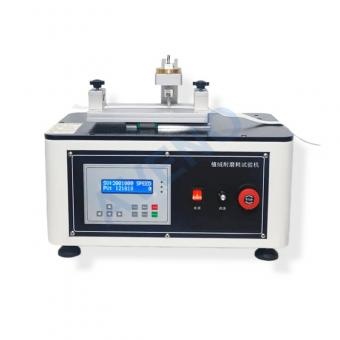
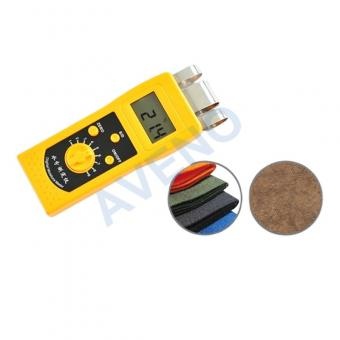
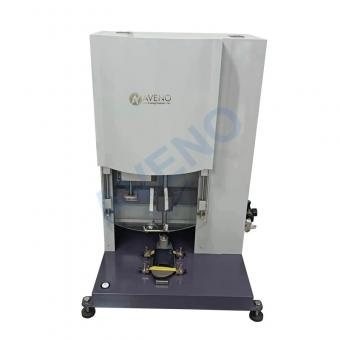
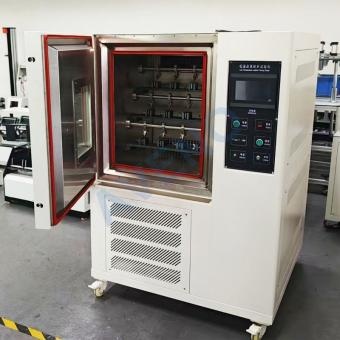
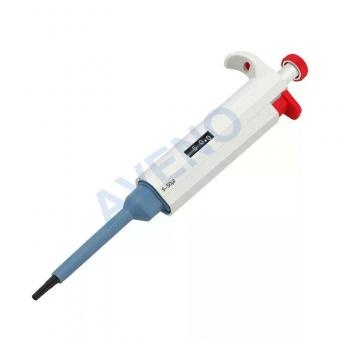

 Jan 02, 2026
Jan 02, 2026





 online service
online service +8615280858852
+8615280858852
 +8615280858852
+8615280858852